Home>Gardening & Outdoor>Outdoor Recreation & Activities>What Is Gymnastics Trampoline
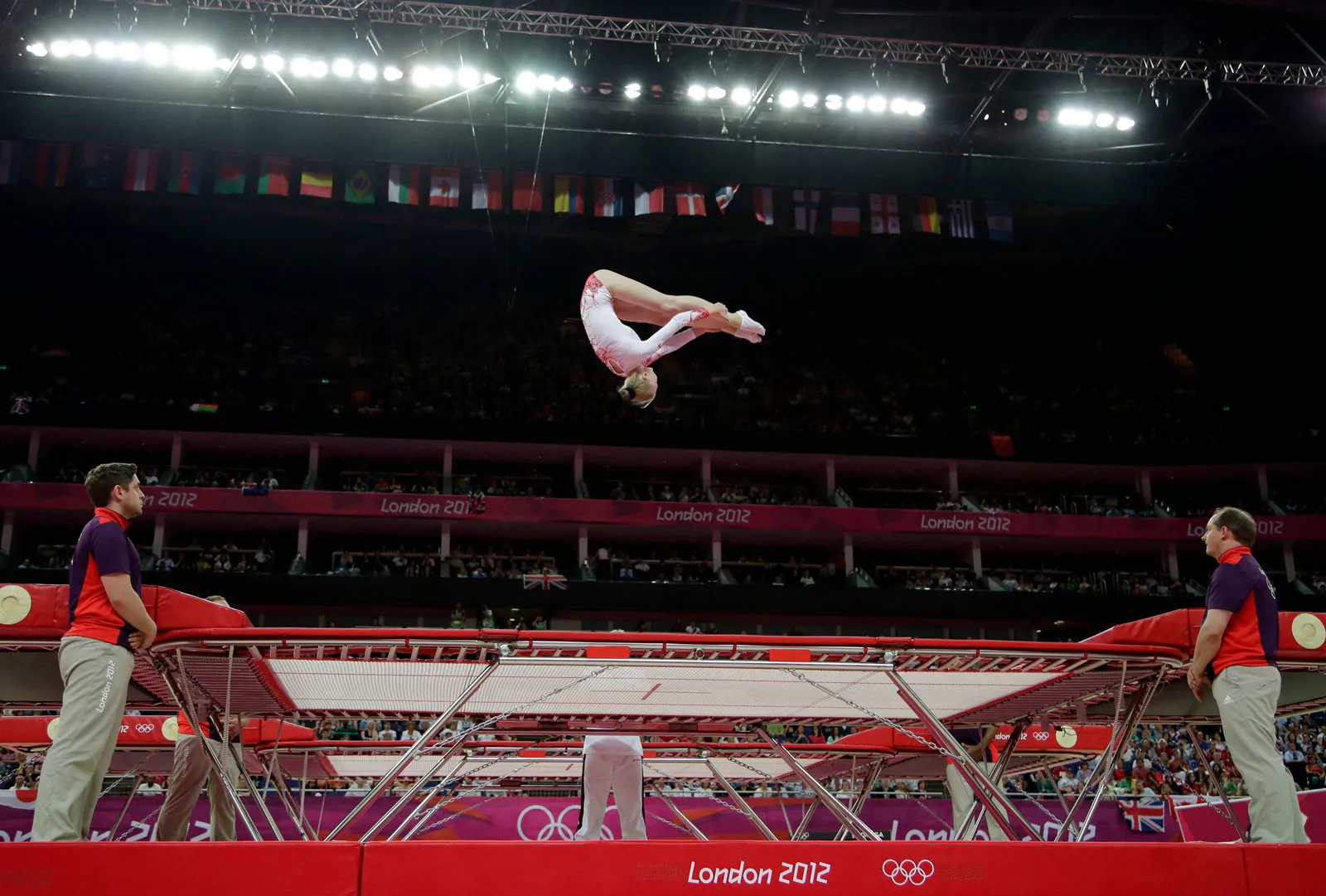

Outdoor Recreation & Activities
What Is Gymnastics Trampoline
Modified: January 4, 2024
Discover the thrill of gymnastics trampoline and explore the exciting outdoor recreation and activities it offers. Learn about the benefits and techniques of this fun and dynamic sport.
(Many of the links in this article redirect to a specific reviewed product. Your purchase of these products through affiliate links helps to generate commission for Storables.com, at no extra cost. Learn more)
Introduction
Gymnastics trampoline, also known as trampoline gymnastics, is an exhilarating and dynamic sport that combines the artistry of gymnastics with the thrill of acrobatics performed on a trampoline. It is a discipline that demands precision, strength, and agility, making it a captivating and challenging activity for participants of all ages. In this article, we will delve into the captivating world of gymnastics trampoline, exploring its history, equipment, techniques, competitive aspects, and the myriad benefits it offers to enthusiasts.
Trampoline gymnastics involves executing a series of acrobatic movements, somersaults, and twists while bouncing on a trampoline. The sport requires a remarkable display of aerial skills, body control, and spatial awareness, making it a visually stunning and awe-inspiring spectacle for spectators. Participants showcase their athleticism and creativity as they soar through the air, defying gravity with graceful and powerful maneuvers.
As we embark on this exploration of gymnastics trampoline, we will uncover the rich history of this sport, shedding light on its evolution and the pivotal milestones that have shaped its present-day form. Additionally, we will delve into the essential equipment used in trampoline gymnastics and the paramount safety measures that ensure a secure and enjoyable experience for athletes. Moreover, we will unravel the intricacies of the skills and techniques employed in trampoline gymnastics, offering insights into the training and dedication required to master this captivating discipline.
Furthermore, we will journey into the realm of competitive trampoline gymnastics, where athletes showcase their prowess in high-stakes competitions, aiming for precision, artistry, and technical excellence. We will also highlight the numerous physical and mental benefits that trampoline gymnastics bestows upon its practitioners, underscoring its value as a holistic and invigorating form of physical activity.
Join us as we unravel the captivating world of gymnastics trampoline, where athleticism, artistry, and adrenaline converge to create an enthralling and electrifying experience for participants and spectators alike.
Key Takeaways:
- Trampoline gymnastics combines acrobatics and artistry on a bouncy surface, captivating audiences with gravity-defying stunts and showcasing athletes’ athleticism and creativity.
- Trampoline gymnastics offers physical fitness, mental discipline, and a platform for self-expression, fostering teamwork, resilience, and personal growth in a dynamic and rewarding discipline.
Read more: What Is A Trampoline
History of Trampoline Gymnastics
The roots of trampoline gymnastics can be traced back to the early 20th century when the concept of using a trampoline for acrobatic and aerial stunts began to take shape. The trampoline, initially developed as a training tool for acrobats and gymnasts, soon evolved into a standalone discipline, captivating audiences with its gravity-defying displays of athleticism and artistry.
The modern trampoline, as we know it today, owes much of its development to George Nissen and Larry Griswold, who are credited with creating the first modern trampoline in 1936. Nissen, a gymnast and diver, was inspired by the trapeze artists’ safety nets and sought to develop a similar apparatus that would allow performers to execute acrobatic maneuvers with enhanced safety and flexibility. This led to the invention of the “bouncing rig,” which laid the foundation for the trampolines used in gymnastics today.
Trampoline gymnastics gained widespread recognition in the 1950s and 1960s, with its inclusion in entertainment acts and circus performances. The sport’s popularity soared as audiences marveled at the aerial feats performed by skilled trampolinists, propelling it into the realm of competitive athletics.
In 1964, trampoline gymnastics made its debut as an Olympic demonstration sport in Tokyo, Japan, garnering international attention and acclaim. This pivotal moment marked the formal introduction of trampoline gymnastics onto the global stage, paving the way for its inclusion in subsequent Olympic Games as an official competitive discipline.
Over the years, trampoline gymnastics has continued to evolve, with athletes pushing the boundaries of what is physically possible on the trampoline. The sport’s inclusion in international multi-sport events, such as the World Games and the Pan American Games, has further elevated its profile and attracted a dedicated community of enthusiasts and participants.
Today, trampoline gymnastics stands as a captivating and revered discipline within the realm of gymnastics, captivating audiences with its blend of athleticism, grace, and daring aerial displays. Its rich history and evolution serve as a testament to the enduring appeal and excitement that trampoline gymnastics brings to both participants and spectators, solidifying its status as a thrilling and dynamic sport.
Equipment and Safety Measures
Trampoline gymnastics requires specialized equipment designed to ensure the safety and optimal performance of athletes. The primary component of this apparatus is the trampoline itself, which consists of a strong, taut fabric stretched over a steel frame using coiled springs. The trampoline’s surface, commonly referred to as the bed, provides the necessary rebound for athletes to execute their acrobatic maneuvers.
Additionally, athletes utilize specialized footwear, typically in the form of trampoline shoes or socks, which offer enhanced grip and stability on the trampoline bed. These footwear options are designed to minimize slippage and provide athletes with the necessary traction to perform their routines with precision and confidence.
To ensure the safety of participants, trampoline gymnastics facilities are equipped with safety enclosures, commonly known as safety nets or enclosures, which surround the trampoline. These enclosures serve as a protective barrier, preventing athletes from inadvertently bouncing off the trampoline bed and minimizing the risk of injury during training and performances.
Furthermore, strict adherence to safety guidelines and protocols is paramount in trampoline gymnastics. Coaches and instructors play a crucial role in educating athletes about proper warm-up techniques, body positioning, and landing mechanics to mitigate the risk of injuries. Emphasizing the importance of controlled and precise movements, as well as promoting a culture of safety awareness, is integral to fostering a secure training environment for trampolinists of all levels.
Trampoline gymnastics organizations and governing bodies have established comprehensive safety standards and regulations to govern the design, maintenance, and usage of trampolines in training and competition settings. These guidelines encompass aspects such as equipment inspection, structural integrity, and safety protocols to uphold the well-being of athletes and ensure the integrity of the sport.
As with any athletic endeavor, proper supervision and oversight are essential in trampoline gymnastics. Trained spotters and coaches closely monitor athletes during their training and performances, providing guidance and support to facilitate safe and effective skill development. This proactive approach helps mitigate potential risks and fosters a culture of responsible and conscientious trampoline gymnastics practice.
By prioritizing the implementation of high-quality equipment and stringent safety measures, the trampoline gymnastics community upholds a commitment to fostering a secure and supportive environment for athletes to pursue their passion for this dynamic and exhilarating sport.
Skills and Techniques
Trampoline gymnastics encompasses a diverse array of skills and techniques that showcase the athleticism, artistry, and precision of its practitioners. Athletes engage in a dynamic fusion of acrobatics, aerial maneuvers, and body control, requiring a combination of physical prowess and spatial awareness to execute their routines with finesse.
One of the fundamental skills in trampoline gymnastics is the ability to perform various types of jumps, including straight jumps, tuck jumps, pike jumps, and straddle jumps. These foundational movements serve as building blocks for more advanced routines, allowing athletes to harness the trampoline’s rebound to achieve height and amplitude in their performances.
A key aspect of trampoline gymnastics is the mastery of body positions and shapes while in the air. Athletes execute twists, somersaults, and rotations, showcasing their ability to maintain control and precision throughout their aerial maneuvers. The execution of twists and rotations, combined with maintaining a consistent body position, reflects the technical proficiency and artistry of trampolinists.
Linked sequences, also known as combinations, form an integral part of trampoline gymnastics routines. Athletes seamlessly transition between different skills, creating fluid and captivating sequences that demonstrate their agility, coordination, and creativity. These combinations often incorporate a blend of jumps, twists, and somersaults, requiring seamless transitions and impeccable timing.
The synchronization of skills with the trampoline’s rhythm and rebound is a hallmark of proficient trampoline gymnastics. Athletes harness the trampoline’s elasticity to maximize their height and propulsion, allowing for seamless transitions between skills and enhancing the overall fluidity and dynamism of their performances.
Furthermore, body awareness and spatial orientation are essential components of trampoline gymnastics. Athletes must possess a keen understanding of their body’s position in the air, enabling them to execute precise landings and maintain stability throughout their routines. This heightened spatial awareness is honed through consistent training and deliberate practice, culminating in the seamless execution of complex aerial maneuvers.
As athletes progress in trampoline gymnastics, they often incorporate advanced skills such as barani flips, rudy-outs, and multiple twisting somersaults into their repertoire, showcasing the sport’s continual evolution and the athletes’ pursuit of technical excellence and innovation.
Through the mastery of these skills and techniques, trampoline gymnasts captivate audiences with their breathtaking displays of athleticism, artistry, and aerial finesse, cementing trampoline gymnastics as a captivating and dynamic discipline within the realm of gymnastics and acrobatics.
When using a gymnastics trampoline, always make sure to warm up and stretch properly to prevent injuries. Start with basic jumps and gradually progress to more advanced moves as your skills improve. Always have a spotter or coach present for safety.
Competitive Trampoline Gymnastics
Competitive trampoline gymnastics represents the pinnacle of skill, artistry, and technical precision within the discipline, showcasing athletes’ prowess as they perform intricate routines with grace and athleticism. The competitive landscape of trampoline gymnastics encompasses a range of events and competitions, providing athletes with opportunities to demonstrate their proficiency on the global stage.
At the core of competitive trampoline gymnastics are individual and synchronized events, each demanding a distinct set of skills and performance criteria. In individual trampoline competitions, athletes execute a series of routines characterized by a blend of jumps, twists, and somersaults, aiming to achieve maximum height, amplitude, and technical execution. The synchronization of skills, fluidity of movement, and control in the air are key factors that judges evaluate to determine the athletes’ scores.
Similarly, synchronized trampoline events require pairs of athletes to perform routines simultaneously, showcasing harmony, precision, and synchronization in their movements. Synchronized trampoline routines demand impeccable coordination between athletes, with a focus on mirroring each other’s skills and maintaining perfect timing throughout their performance.
Competitive trampoline gymnastics competitions adhere to strict scoring criteria, emphasizing technical proficiency, execution, and artistry. Judges assess the athletes’ routines based on factors such as form, difficulty of skills, height, and the seamless integration of skills within the routine. Athletes strive to achieve a harmonious balance between athleticism and artistry, aiming to deliver captivating and technically flawless performances that resonate with both judges and spectators.
International governing bodies, such as the International Gymnastics Federation (FIG), oversee and regulate competitive trampoline gymnastics, ensuring adherence to standardized rules and guidelines across global competitions. The FIG establishes the framework for judging criteria, competition formats, and athlete eligibility, fostering a cohesive and standardized approach to trampoline gymnastics competitions worldwide.
Trampoline gymnastics has earned its place as a marquee event in multi-sport competitions, including the Olympic Games, World Championships, and continental games, where elite athletes vie for top honors and international recognition. The inclusion of trampoline gymnastics in prestigious multi-sport events has elevated its status and visibility, drawing a diverse and passionate global audience to witness the awe-inspiring performances of trampoline gymnasts.
Competitive trampoline gymnastics not only showcases the technical prowess and artistry of athletes but also fosters a spirit of camaraderie and sportsmanship within the trampoline gymnastics community. Athletes from around the world converge to celebrate the athleticism and creativity inherent in the sport, forging enduring connections and inspiring future generations of trampoline gymnasts to pursue excellence on the competitive stage.
Read more: What Is A Good Trampoline
Benefits of Trampoline Gymnastics
Trampoline gymnastics offers a myriad of physical, mental, and developmental benefits, making it a compelling and enriching activity for participants of all ages. The unique combination of athleticism, creativity, and exhilaration inherent in trampoline gymnastics contributes to its capacity to positively impact individuals’ overall well-being and personal growth.
From a physical fitness perspective, trampoline gymnastics serves as a comprehensive form of exercise, engaging various muscle groups and enhancing cardiovascular endurance. The dynamic movements and acrobatic routines performed on the trampoline promote agility, coordination, and muscular strength, contributing to the development of a well-rounded and resilient physique.
Trampoline gymnastics also fosters the cultivation of balance and proprioception, as athletes must maintain control and stability while executing intricate aerial maneuvers. The heightened spatial awareness and body control honed through trampoline gymnastics practice have broader applications in enhancing overall physical dexterity and coordination in various activities and sports.
Participation in trampoline gymnastics nurtures mental fortitude and discipline, as athletes engage in focused training to master complex skills and routines. The pursuit of technical excellence and the resilience required to overcome challenges in trampoline gymnastics instill valuable qualities such as perseverance, determination, and goal-setting, fostering a resilient mindset that transcends the confines of the trampoline.
Furthermore, trampoline gymnastics serves as a platform for self-expression and creativity, allowing athletes to showcase their individual style and artistry through their performances. The freedom of movement and the opportunity to choreograph routines imbues participants with a sense of artistic expression, promoting creativity and self-confidence as they bring their unique flair to their trampoline routines.
For young participants, trampoline gymnastics offers a holistic developmental experience, nurturing essential life skills such as teamwork, cooperation, and sportsmanship. Engaging in group activities, synchronized routines, and collaborative training fosters a sense of camaraderie and mutual support among participants, laying the foundation for enduring friendships and a strong sense of community within the trampoline gymnastics environment.
Moreover, trampoline gymnastics provides a platform for individuals to challenge themselves, set personal goals, and experience the fulfillment of continual improvement and achievement. The sense of accomplishment derived from mastering new skills and refining techniques contributes to enhanced self-esteem, self-efficacy, and a positive self-image, bolstering individuals’ overall mental and emotional well-being.
Ultimately, the holistic benefits of trampoline gymnastics extend beyond physical fitness, encompassing the development of essential life skills, the promotion of creativity and self-expression, and the cultivation of a resilient and determined mindset. Through its multifaceted impact on individuals’ physical, mental, and personal development, trampoline gymnastics stands as a captivating and rewarding pursuit that enriches the lives of its participants in diverse and meaningful ways.
Conclusion
Trampoline gymnastics, with its rich history, captivating athleticism, and multifaceted benefits, stands as a dynamic and exhilarating discipline that resonates with enthusiasts and participants worldwide. From its humble origins as a training apparatus to its evolution into a celebrated competitive sport, trampoline gymnastics has continually captivated audiences with its fusion of artistry, athleticism, and aerial finesse.
The evolution of trampoline gymnastics is a testament to the enduring allure and excitement that the sport brings to both participants and spectators. Its inclusion in prestigious international competitions, such as the Olympic Games and World Championships, has elevated its status and visibility, drawing a diverse and passionate global audience to witness the awe-inspiring performances of trampoline gymnasts.
Moreover, trampoline gymnastics transcends its role as a physical activity, offering a holistic developmental experience that nurtures essential life skills, promotes creativity and self-expression, and fosters a resilient and determined mindset. The discipline’s capacity to positively impact individuals’ overall well-being and personal growth underscores its enduring appeal as a compelling and enriching activity for participants of all ages.
As we reflect on the captivating world of trampoline gymnastics, we are reminded of its enduring legacy and its ability to inspire individuals to push the boundaries of physical and artistic expression. The sport’s capacity to foster physical fitness, mental fortitude, and personal development underscores its significance as a dynamic and rewarding pursuit that enriches the lives of its participants in diverse and meaningful ways.
Whether soaring through the air in a display of acrobatic prowess or honing essential life skills through dedicated practice, trampoline gymnastics continues to captivate and empower individuals, embodying the spirit of athleticism, creativity, and resilience. Its enduring appeal and multifaceted impact solidify trampoline gymnastics as a captivating and rewarding discipline that transcends the confines of the trampoline, leaving an indelible impression on the lives of those who embrace its exhilarating world.
Frequently Asked Questions about What Is Gymnastics Trampoline
Was this page helpful?
At Storables.com, we guarantee accurate and reliable information. Our content, validated by Expert Board Contributors, is crafted following stringent Editorial Policies. We're committed to providing you with well-researched, expert-backed insights for all your informational needs.



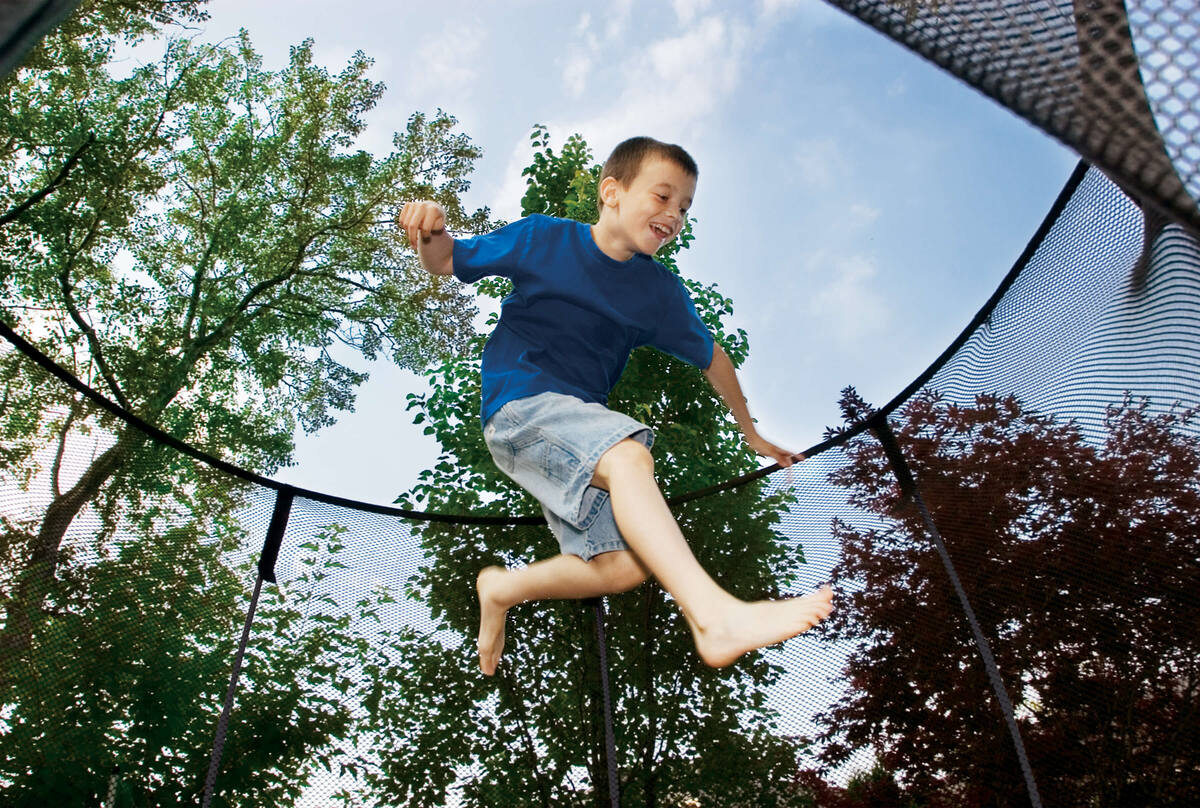
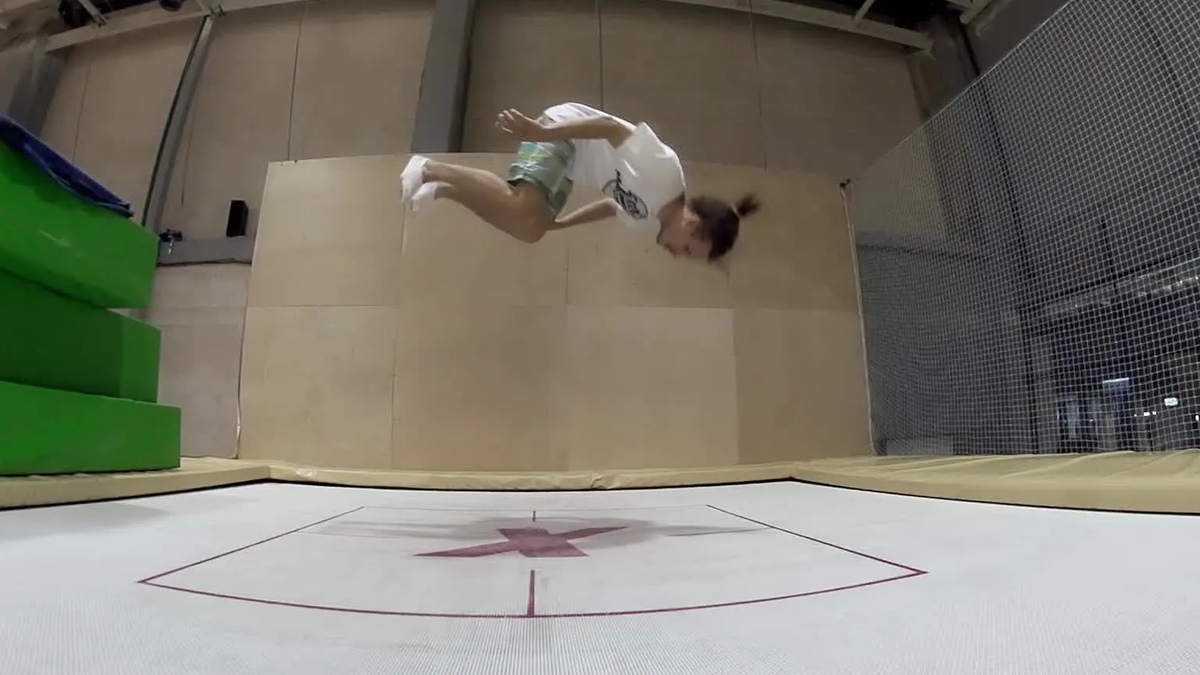
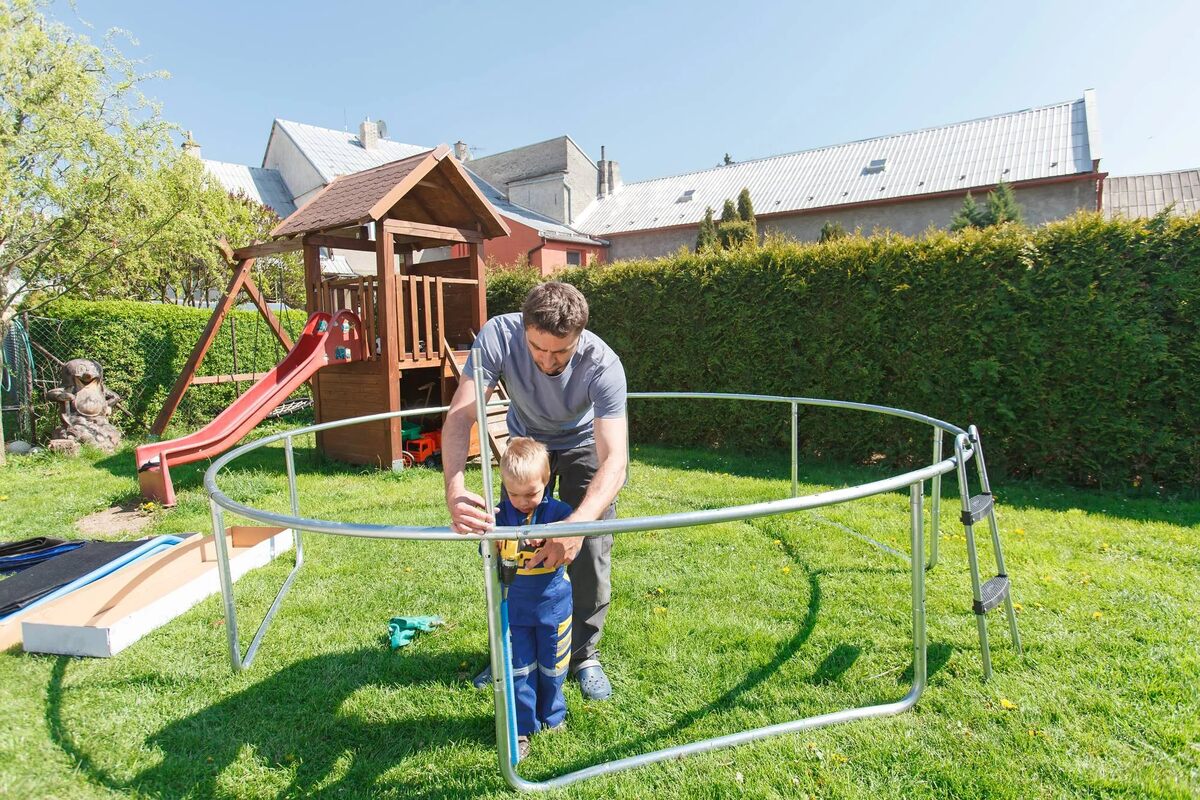

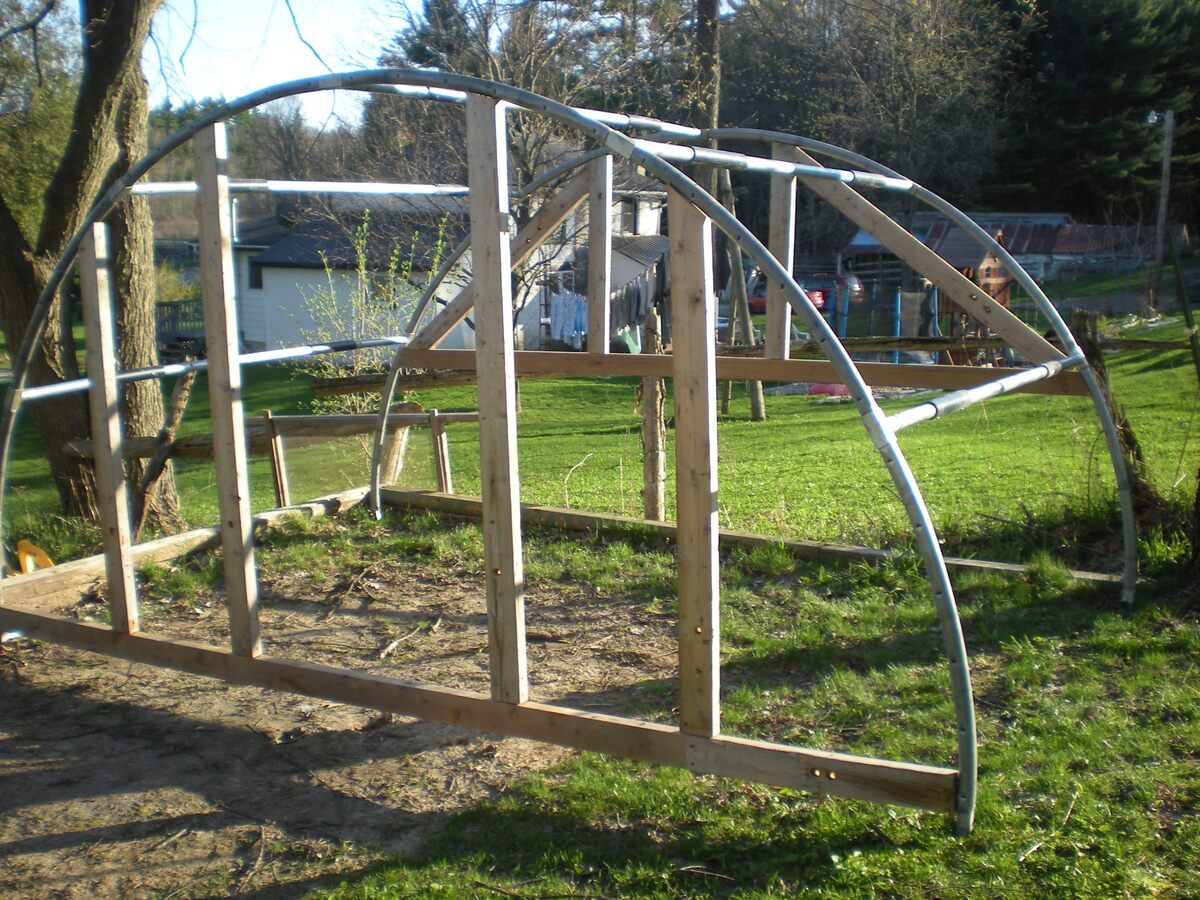
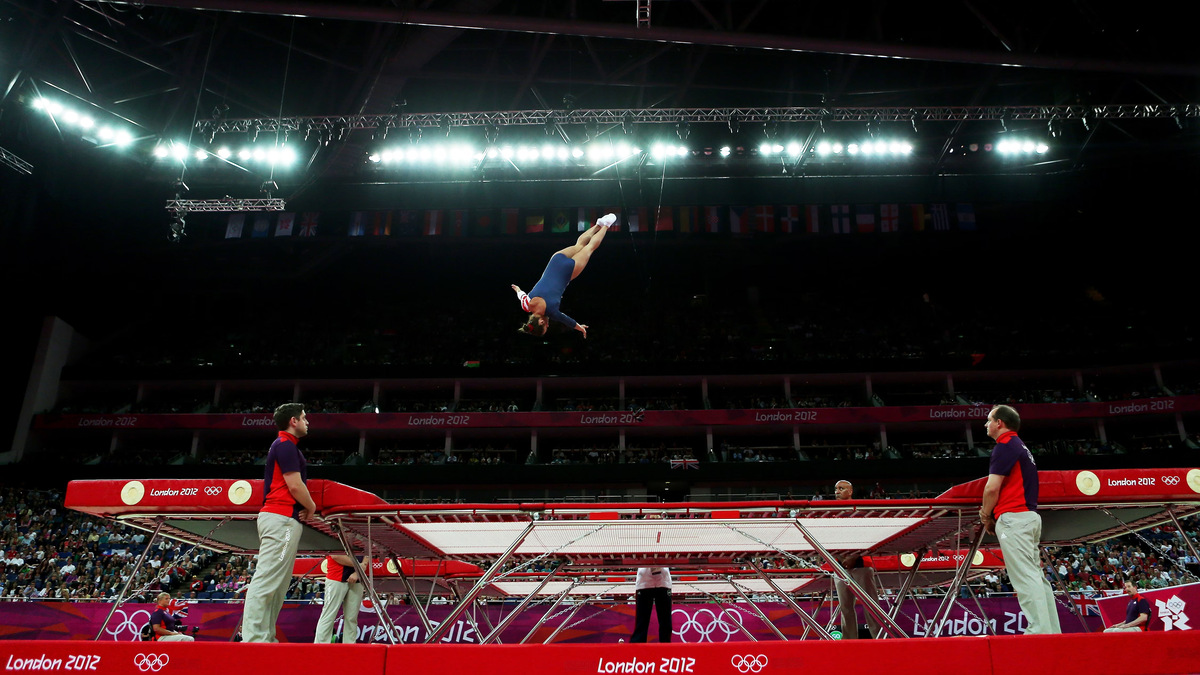



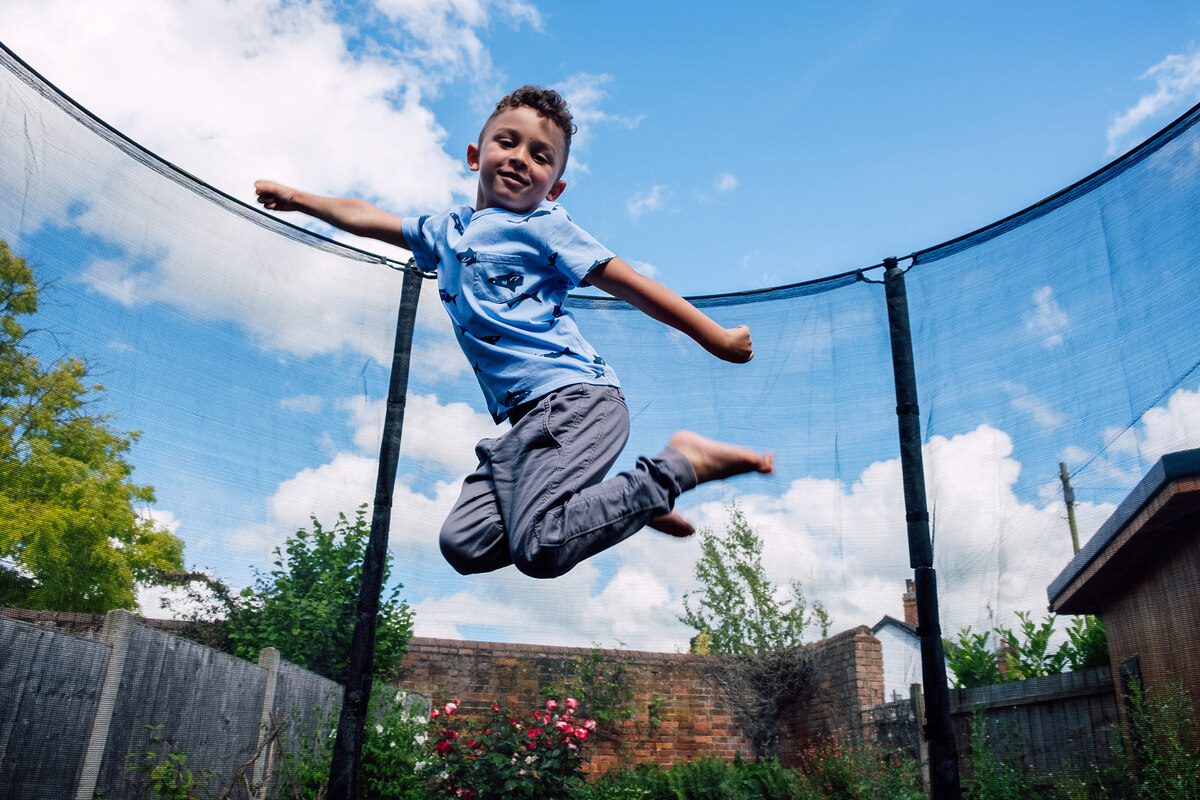


0 thoughts on “What Is Gymnastics Trampoline”